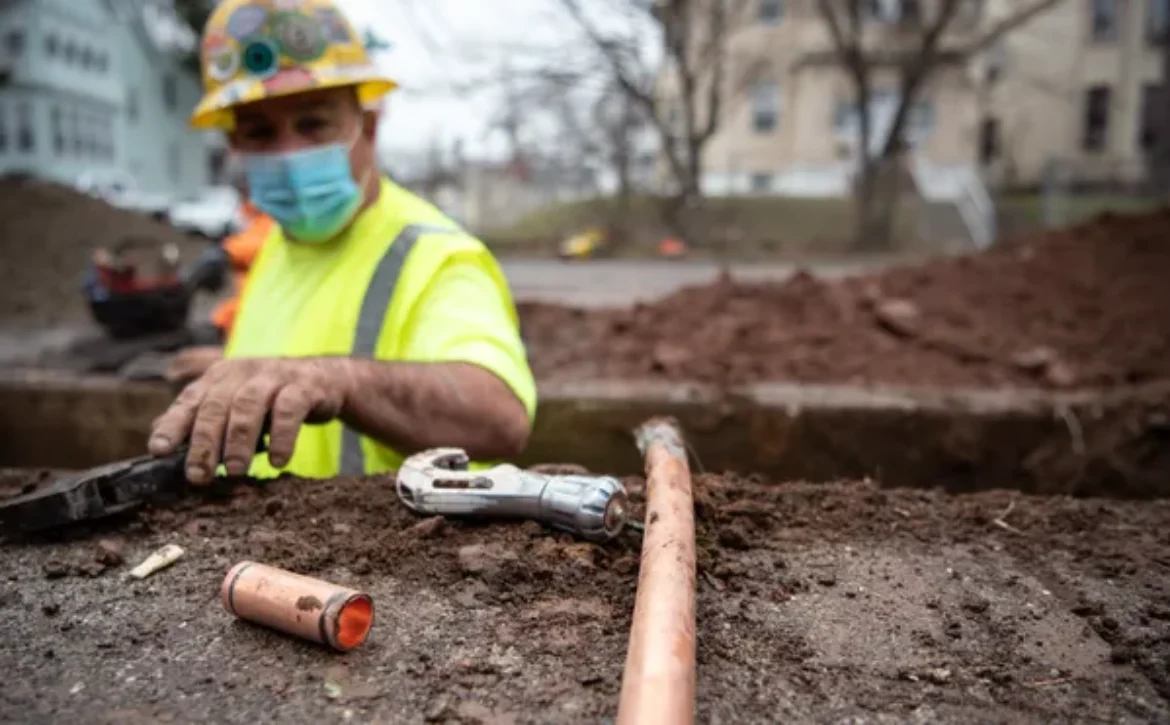Newark, N.J. focuses on resident engagement during lead service line replacement
The Newark Way of Thinking and Drinking communications campaign provides informative messaging such as puzzles, coloring sheets, paper boats, and fun at-home water-based science projects to spark conversations between children and their parents.




